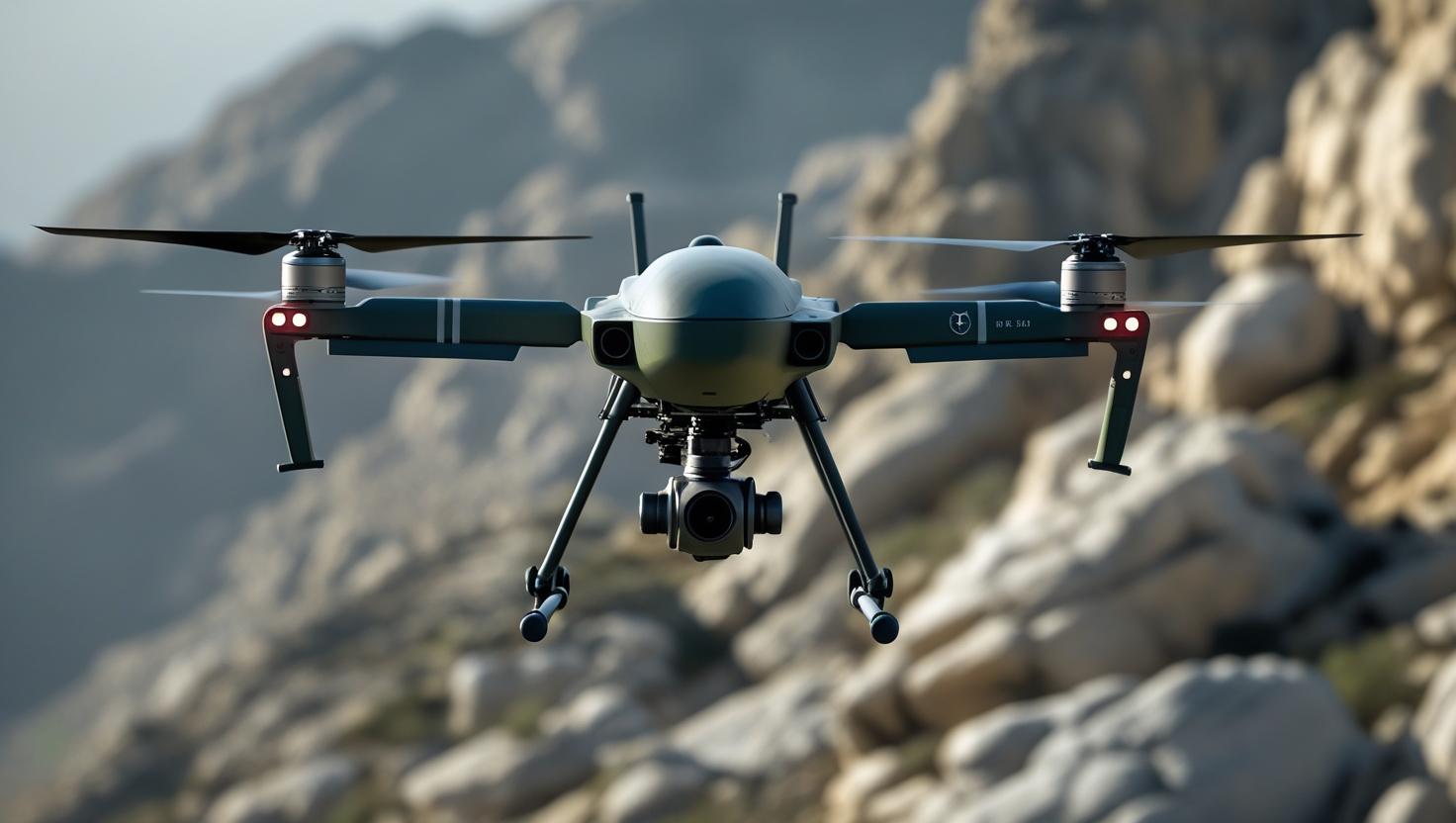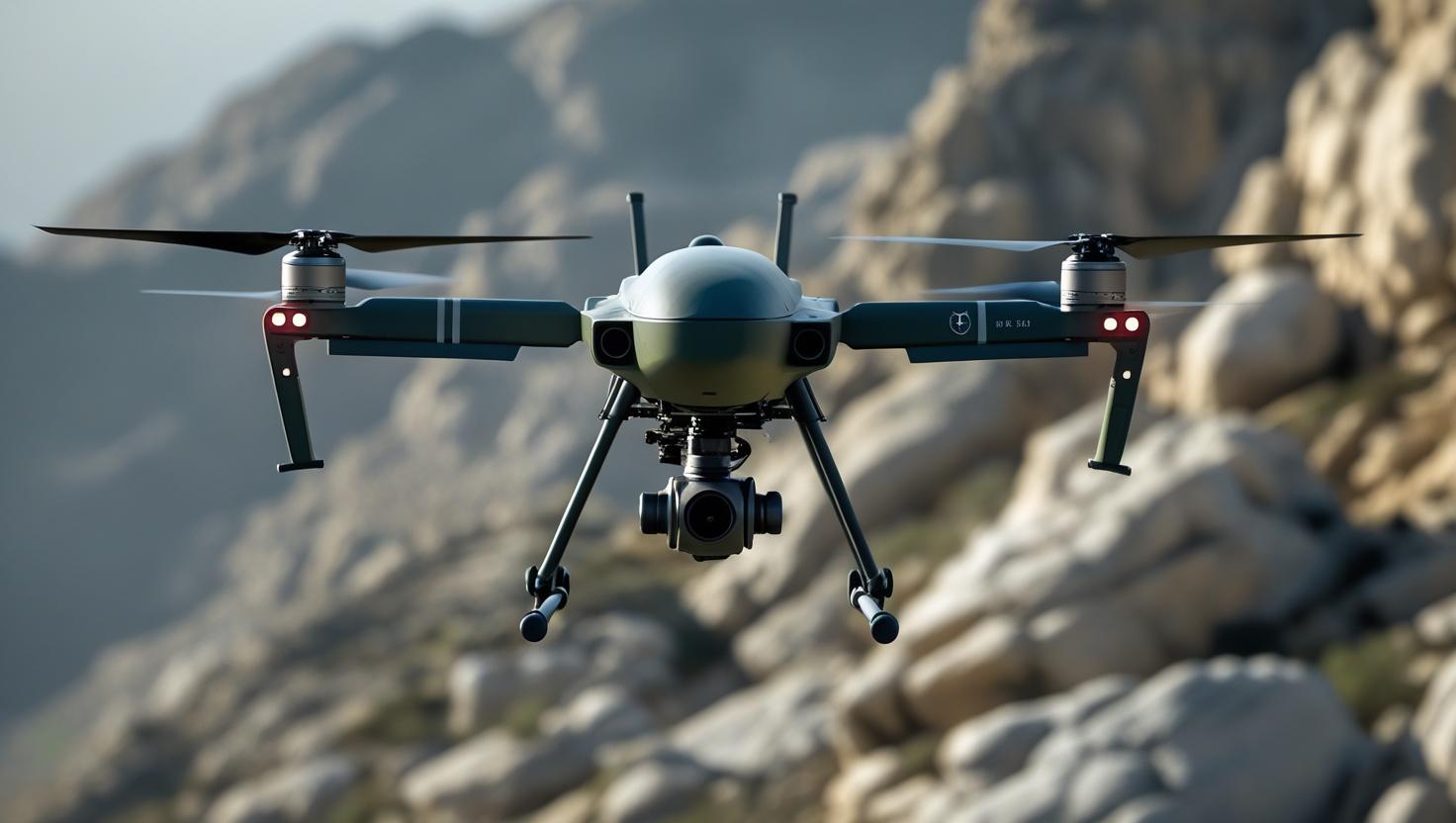
The U.S. Air Force Research Laboratory has issued a proposal solicitation aimed at the development of advanced atomic clock systems for unmanned aerial vehicle swarms. This program addresses the growing need for resilient Position, Navigation, and Timing (PNT) capabilities in GPS-denied or degraded environments, enabling drones to execute coordinated missions autonomously.
At the center of the program is the Joint Multi-INT Precision Reference VPX ruggedized system, featuring the Next Generation Atomic Clock. Designed to deliver picosecond-level stability and sub-nanosecond accuracy, the system allows UAS swarms to maintain precise time synchronization. This precision underpins critical operations, including formation flying, collaborative sensing, and coordinated engagement, without relying on vulnerable satellite navigation signals.
The AFRL’s initiative responds to escalating electronic warfare threats, which have been prominently demonstrated in Ukraine, where both Russian and Ukrainian forces have deployed jamming and spoofing systems targeting navigation and timing. By using onboard atomic clocks, drones can sustain mission-critical timing accuracy, preserving operational effectiveness even under active GPS denial.
Requirements include a decentralized PNT architecture, leveraging onboard inertial measurement units and relative position information from neighboring drones to maintain formation integrity. The initial demonstration will support a swarm of four drones, with provisions to scale to larger units. The system must also comply with stringent size, weight, and power limitations to ensure integration onto compact aerial platforms without performance loss.
The technology is expected to enable unprecedented levels of autonomous coordination, allowing swarms to perform complex maneuvers, execute synchronized strikes, and optimize sensor fusion in real time. AFRL emphasizes that atomic clock-based PNT solutions are critical for future multi-domain operations, enhancing the survivability and effectiveness of unmanned assets in contested battlespaces.
Industry partners are invited to propose solutions that combine cutting-edge timing precision, robust electronic resistance, and practical integration for operational drones. This initiative aligns with broader U.S. defense priorities of enhancing autonomous systems, reducing reliance on GPS infrastructure, and ensuring uninterrupted mission capabilities in adverse operational environments.
By incorporating high-precision atomic clocks into drone swarms, the Air Force aims to provide a strategic advantage in modern warfare scenarios where adversaries possess sophisticated jamming and electronic attack capabilities. The program represents a critical investment in resilient, networked autonomous systems capable of supporting reconnaissance, intelligence, and offensive operations with minimal external support.





